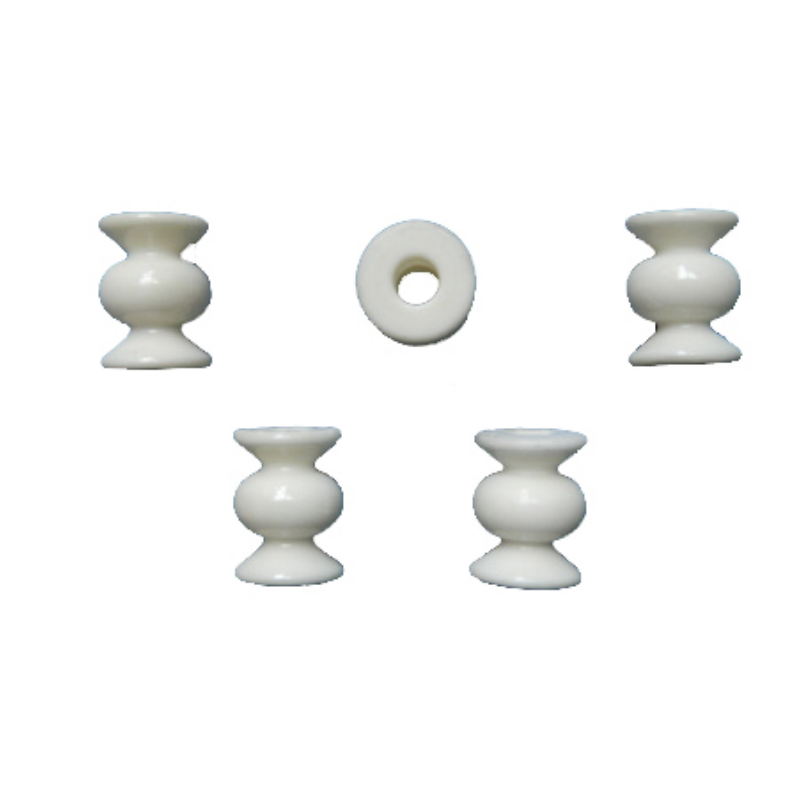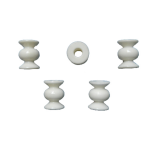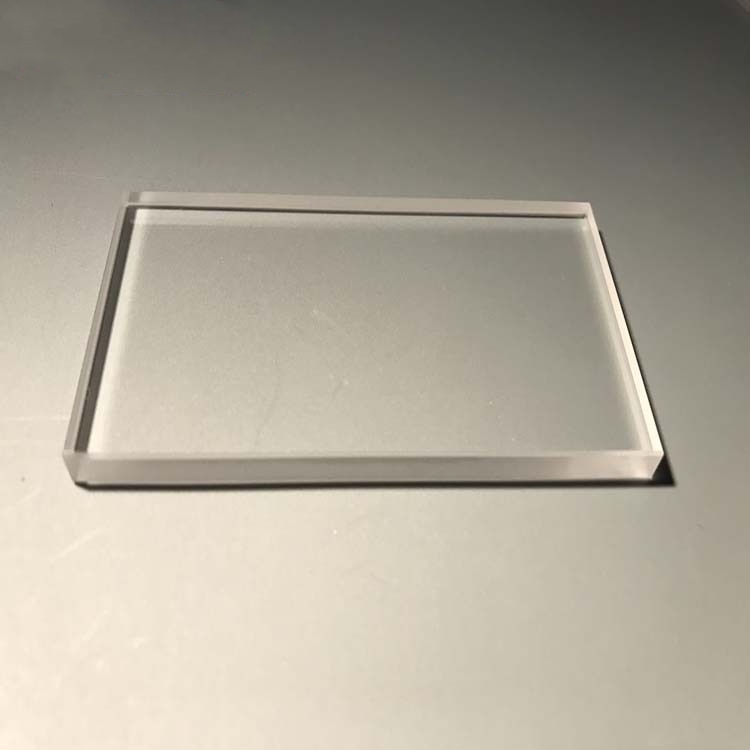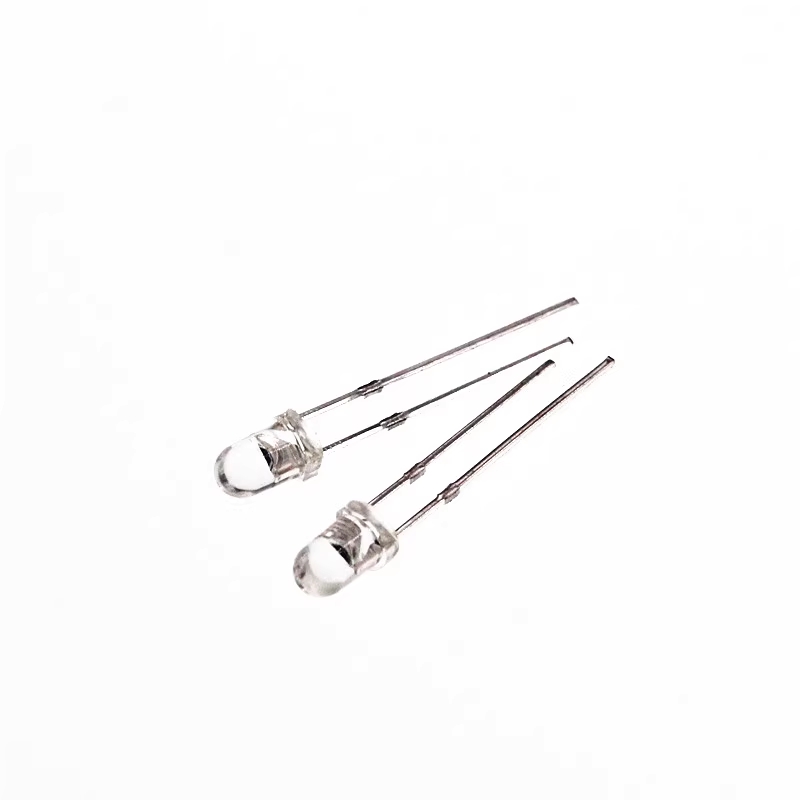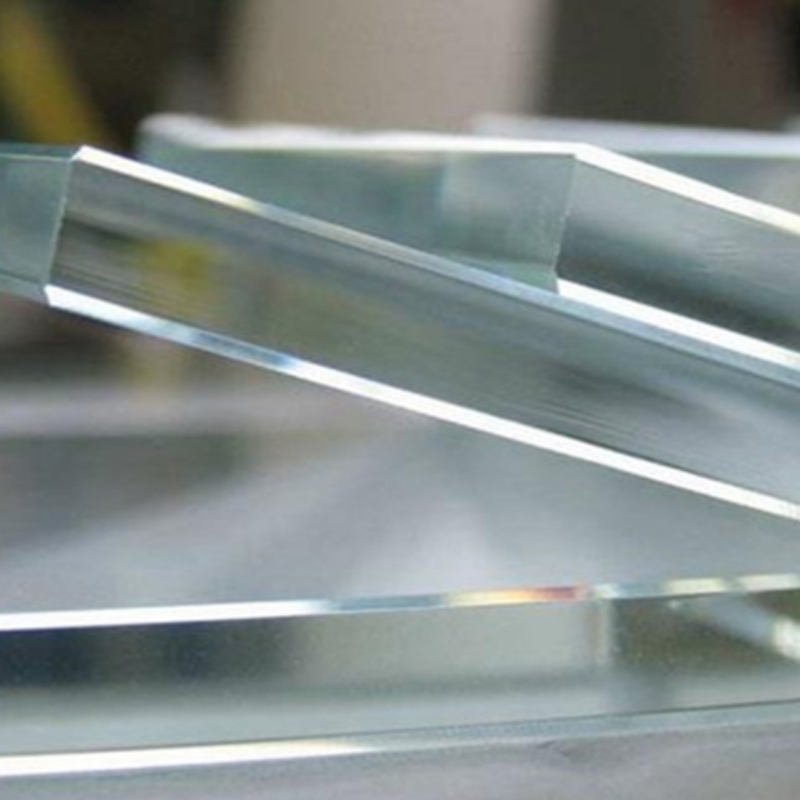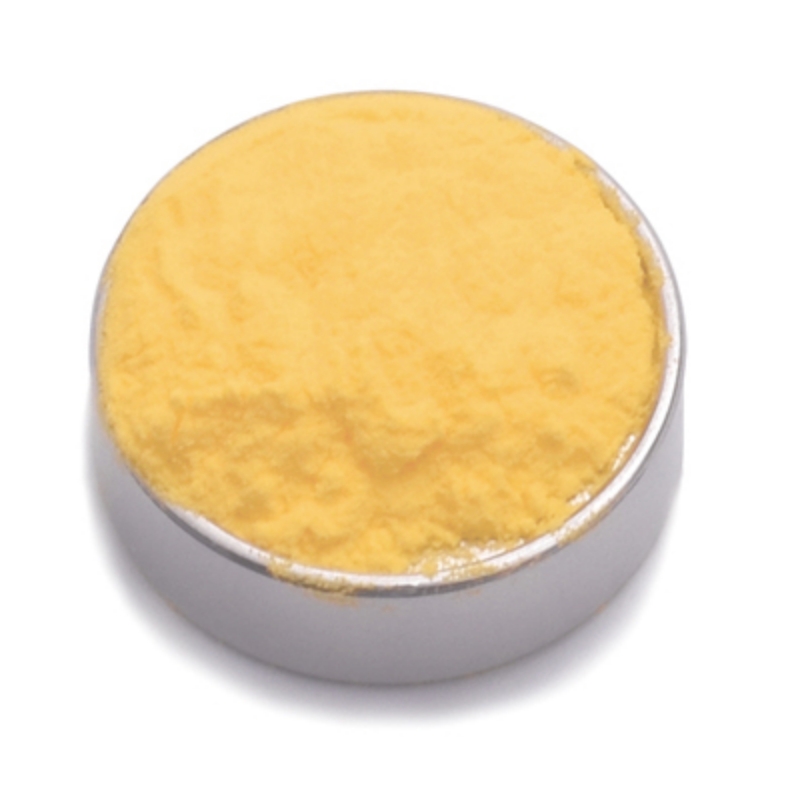Aluminum nitride three-section ceramic components are advanced thermal management materials designed for applications requiring superior heat dissipation, excellent electrical insulation, and outstanding mechanical stability. Manufactured using precision sintering and machining techniques, these ceramic components provide exceptional thermal conductivity, low thermal expansion, and high resistance to oxidation. They are widely used in semiconductor packaging, aerospace applications, power electronics, and high-performance industrial systems where efficient heat transfer and electrical insulation are critical.
Product Overview
Aluminum Nitride (AlN) Three-Section Ceramic Components are highly customized structural parts made from high-purity AlN material. These components feature precise shapes and multiple hole designs, ensuring secure connections and accurate positioning during use. With excellent thermal conductivity, electrical insulation, and mechanical strength, these ceramic components are widely used in industrial equipment and electronic devices, particularly in environments that demand high heat dissipation and reliability.
Features
- High Thermal Conductivity: The thermal conductivity of AlN ceramics reaches up to 170 W/m·K, making them ideal for thermal management in electronic devices.
- Superior Electrical Insulation: With an insulation strength of 17-19 KV/mm, AlN ceramic components ensure the safe operation of electronic devices in high-voltage environments.
- High Mechanical Strength: With a bending strength of 466-496 MPa, AlN structural parts maintain stability and durability under high-load conditions.
- High-Temperature Resistance: These components can operate in environments up to 1000°C, making them suitable for high-temperature work conditions.
Applications
Aluminum Nitride Three-Section Ceramic Components are widely used in high-tech industries, especially in applications where performance and reliability are crucial:
- Industrial Machinery: Used as structural supports in high-temperature environments, such as furnace components, enhancing the thermal resistance and durability of machinery.
- Aerospace: Used in aerospace applications, where their superior thermal stability and electrical insulation protect sensitive electronic devices from extreme environmental conditions.
- Energy Industry: Applied in high-temperature energy devices, such as nuclear reactors and solar collectors, to improve energy conversion efficiency and system reliability.
 new material
new material

